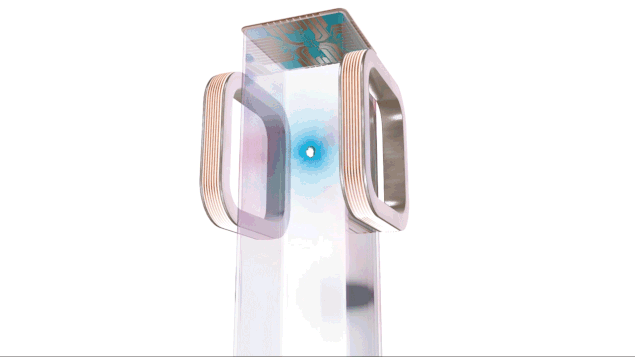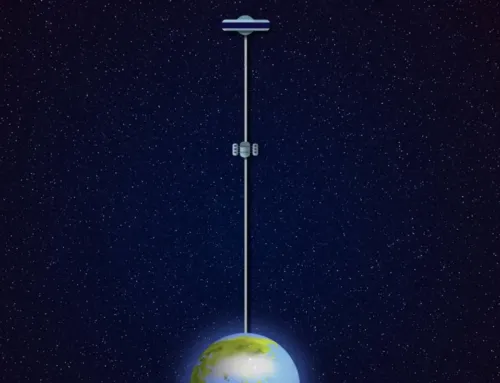NASA’s Cold Atom Lab aboard the International Space Station cools atoms down to a billionth of a degree above absolute zero, or the temperature at which atoms should stop moving entirely.
Nowhere in the universe are there atoms that reach this temperature naturally. But how do scientists accomplish this feat? It’s a three-step process that starts with scientists hitting the atoms with precisely-tuned lasers to slow them down.
The above animation shows six finely tuned lasers used inside NASA’s Cold Atom Lab to slow down atoms, lowering their temperature. This is step one in a three-step cooling process. Credit: NASA/JPL-Caltech
The colder atoms are, the slower they move, and the easier they are to study. Ultracold atoms can also form a fifth state of matter, called a Bose-Einstein condensate (BEC). Learning about the fundamental properties of atoms has laid the foundation for technologies that most of us use every day, such as computers. As the first ultracold atom facility in Earth orbit, Cold Atom Lab is opening up new avenues for investigation.
source NASA






Leave A Comment